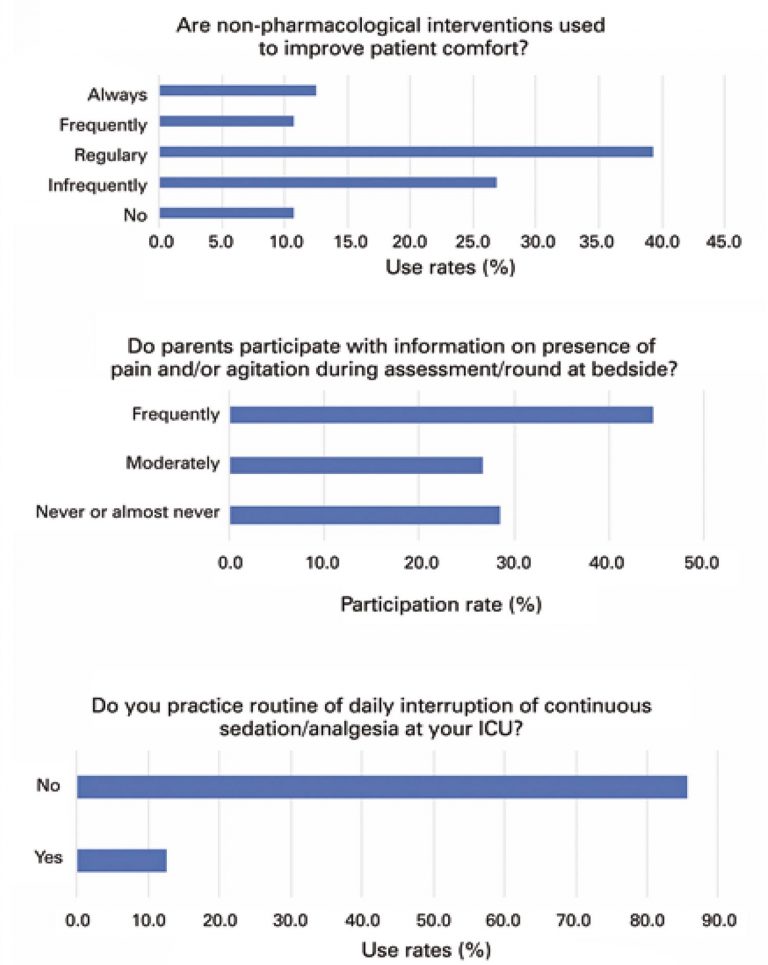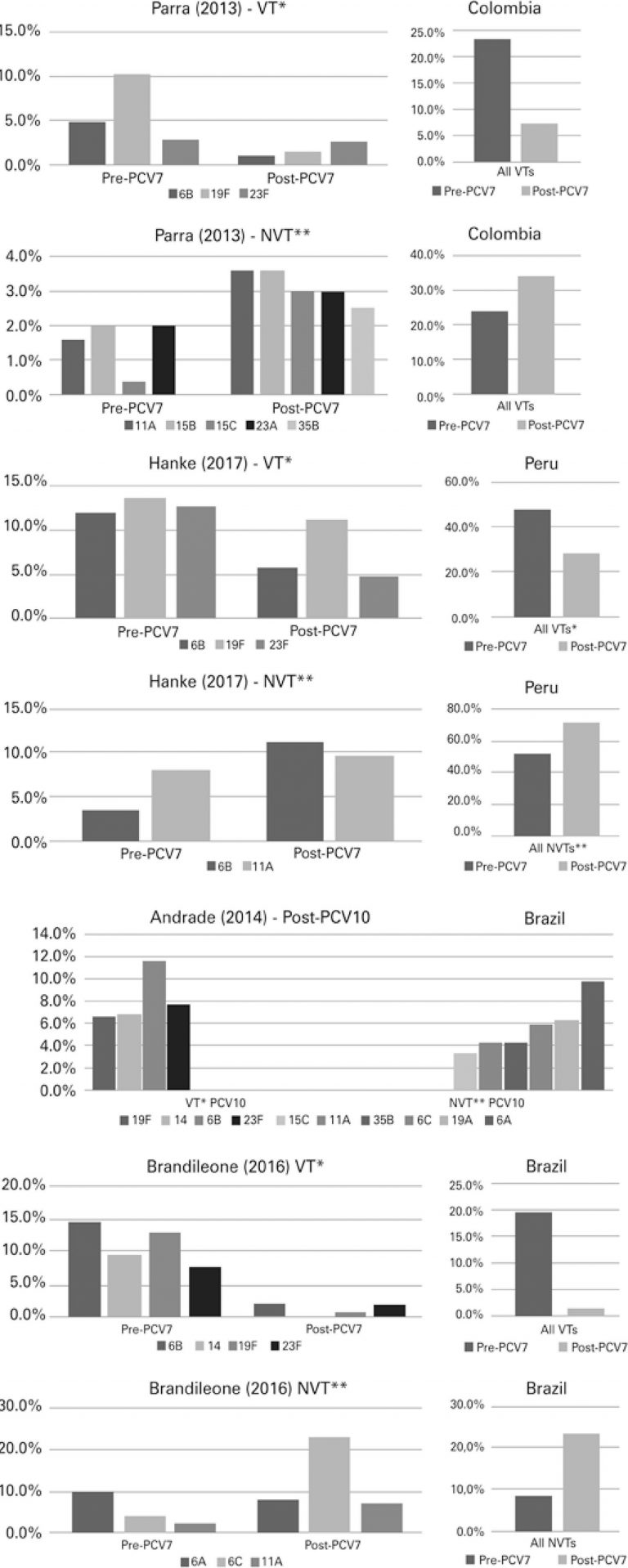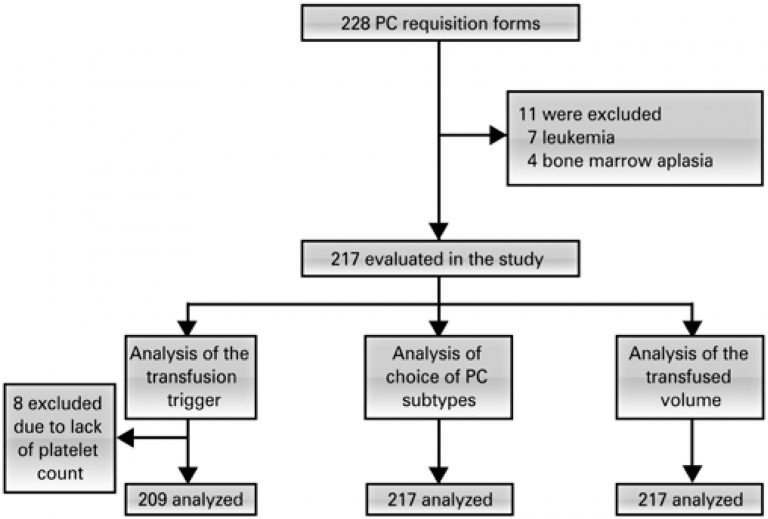07/Jul/2020
Gastrointestinal manifestations and nutritional therapy during COVID-19 pandemic: a practical guide for pediatricians
DOI: 10.31744/einstein_journal/2020RW5774
ABSTRACT Coronavirus disease 2019 (COVID-19) is a disease caused by the severe acute respiratory syndrome coronavirus 2 (SARS-CoV-2), which has spread globally in pandemic proportions. Accumulative evidence suggests SARS-CoV-2 can be transmitted through the digestive system, the so-called fecal-oral route of transmission, and may induce several gastrointestinal manifestations. MEDLINE® and Embase databases were extensively searched for major clinical manifestations of gastrointestinal involvement in children and adolescents with COVID-19 reported in medical literature, and for nutritional therapy-related data. Findings and recommendations […]
Keywords: Adolescent; Betacoronavirus; Child; Coronavirus infections/complications; COVID-19; Gastrointestinal diseases/etiology; Inflammatory bowel diseases; Nutritional therapy; SARS-CoV-2
03/Jun/2020
Long-latency auditory evoked potential in children with stuttering
DOI: 10.31744/einstein_journal/2020AO5225
ABSTRACT Objective To analyze the latency and the amplitude values of Mismatch Negativity and P300 cognitive potential in children with stuttering, with no auditory complaints, with auditory thresholds within the normality range, comparing them to the findings of a Control Group. Methods A cross-sectional study involving 50 children of both sexes, 15 with stuttering and 35 without stuttering, aged 6 to 11 years, with no diagnosis of ear pathology or other diseases. All children were submitted to peripheral audiological evaluation […]
Keywords: Child; Electrophysiology; Evoked potentials; Hearing; Stuttering
19/Feb/2020
Effects of an education program on knowledge and self-perception of school personnel in preparing to care for type 1 diabetes students
einstein (São Paulo). 19/Feb/2020;18:eAO5101.
View Article19/Feb/2020
Effects of an education program on knowledge and self-perception of school personnel in preparing to care for type 1 diabetes students
DOI: 10.31744/einstein_journal/2020AO5101
ABSTRACT Objective To assess the academic and professional background of school personnel; to assess the impact of the Diabetes + Support given by School Personnel to Children with Type 1 Diabetes Program on the school personnel’s knowledge and confidence to support students with type 1 diabetes; to compare their level of knowledge with the academic and professional variables of the school personnel. Methods A quasi-experimental pre-test/post-test study design without a Control Group. Study with a sample of 129 (before intervention […]
Keywords: Adolescent; Child; Diabetes mellitus; Education; Knowledge
19/Feb/2020
OM-85 BV for primary prevention of recurrent airway infections: a pilot randomized, double-blind, placebo-controlled study
einstein (São Paulo). 19/Feb/2020;18:eAO5262.
View Article19/Feb/2020
OM-85 BV for primary prevention of recurrent airway infections: a pilot randomized, double-blind, placebo-controlled study
DOI: 10.31744/einstein_journal/2020AO5262
ABSTRACT Objective To compare the frequency of respiratory tract infections in children treated with OM-85 BV and placebo during the 3-month therapy period, and observation for a further 3 months after treatment. Methods A randomized, double-blind, placebo-controlled trial was conducted with 54 children (6 months to 5 years old) with no past history of recurrent respiratory infections attending daycare center. Family members were instructed to administer one capsule per day for 10 consecutive days, for 3 months of OM-85 BV […]
Keywords: Adjuvants, immunologic/therapeutic use; Child; Placebo; Primary prevention; Respiratory tract infections/drug therapy
23/Jan/2020
Epinephrine in pediatric cardiorespiratory arrest: when and how much?
DOI: 10.31744/einstein_journal/2020RW5055
ABSTRACT The objective of the present study was to assess the efficacy of different doses, times for infusion of the first dose, intervals of administration of subsequent doses, and number of epinephrine doses in the survival of children and adolescents who went into cardiorespiratory arrest. It is a review study with data from the PubMedⓇ/MEDLINEⓇdatabase. The search was for articles published from January 1st, 2000 to February 10, 2019, with a sample of patients aged under 18 years, published in […]
Keywords: Adolescent; Child; Epinephrine/administration & dosage; Heart arrest; Out-of-hospital cardiac arrest; Survival
22/Jan/2020
Practices related to assessment of sedation, analgesia and delirium among critical care pediatricians in Brazil
DOI: 10.31744/einstein_journal/2020AO5168
ABSTRACT Objective To understand the use of tools, protocols and comfort measures related to sedation/analgesia, and to screen the occurrence of delirium in pediatric intensive care units. Methods A survey with 14 questions was distributed by e-mail to Brazilian critical care pediatricians. Eight questions addressed physician and hospital demographics, and six inquired practices to assess sedation, analgesia, and delirium in pediatric intensive care units. Results Of 373 questionnaires sent, 61 were answered (16.3%). The majority of physicians were practicing in […]
Keywords: Analgesia; Brazil; Child; Critical care; Deep sedation; Delirium; Surveys and questionnaires
08/Nov/2019
The direct and indirect effects of the pneumococcal conjugated vaccine on carriage rates in children aged younger than 5 years in Latin America and the Caribbean: a systematic review
einstein (São Paulo). 08/Nov/2019;18:eRW4890.
View Article08/Nov/2019
The direct and indirect effects of the pneumococcal conjugated vaccine on carriage rates in children aged younger than 5 years in Latin America and the Caribbean: a systematic review
DOI: 10.31744/einstein_journal/2020RW4890
ABSTRACT Objective To demonstrate the impact of pneumococcal conjugate vaccine in Streptococcus pneumoniae carriage status in children younger than 5 years in Latin America and the Caribbean. Methods A systematic literature review was carried out on the direct and indirect effects of pneumococcal vaccine in the carriage status, after implementation in childhood immunization programs. Studies carried out in children younger than 5 years were selected from the PubMed® and Virtual Health Library databases, and data collected after implementation of pneumococcal […]
Keywords: Carrier state; Child; Latin America; Streptococcus pneumoniae; Vaccines
29/Oct/2019
Effect of physical activity on asthma control in schoolchildren
DOI: 10.31744/einstein_journal/2020AO4936
ABSTRACT Objective To investigate the effect of levels of physical activity on asthma control in children. Methods A cross-sectional study, including public school students aged 8 to 12 years, of both sexes, with asthma, from a capital and a medium-sized cities in Southern Brazil. At home, the students answered the questionnaire on levels of physical activity and disease control. Results A total of 482 schoolchildren with asthma participated in the study, with mean age of 10.9±2.2 years, and 253 (52%) […]
Keywords: Adolescent; Asthma; Child; Exercise; Sedentary behavior
20/Aug/2019
Evaluation of platelet concentrate prescription in pediatric patients at a tertiary care hospital
DOI: 10.31744/einstein_journal/2019AO4720
ABSTRACT Objective: To verify the adequacy of platelet concentrate prescription by pediatricians in different pediatric sectors of a general hospital. Methods: A cross-sectional study evaluating 218/227 platelet concentrate records in children and adolescents (zero to 13 years old), from January 2007 to April 2015, by the pediatricians of the emergency room, sick bay and intensive care unit. The requisitions were excluded in patients with hematological diseases and those without the number of platelets. Results: Children under 12 months received 98 […]
Keywords: Child; Emergency treatment; Hemorrhage; Platelet transfusion; Transfusion medicine
17/Jun/2019
Risky sexual behaviors and their association with overweight and obesity among adolescent students: a cross-sectional study
DOI: 10.31744/einstein_journal/2019AO4782
Abstract Objective To determine the prevalence of risky sexual behavior and its association with overweight and obesity among adolescent students. Methods This is a cross-sectional study, conducted in public schools with adolescents aged 12 to 17 years. We used the questionnaire Youth Risk Behavior Survey. The body mass index percentiles were calculated by means of table from the Center for Control and Prevention of Diseases. Possible associations were assessed using the χ2 test and binary logistic regression model. The odds […]
Keywords: Adolescent Behavior; Child; Obesity; Overweight; Sexual behavior






